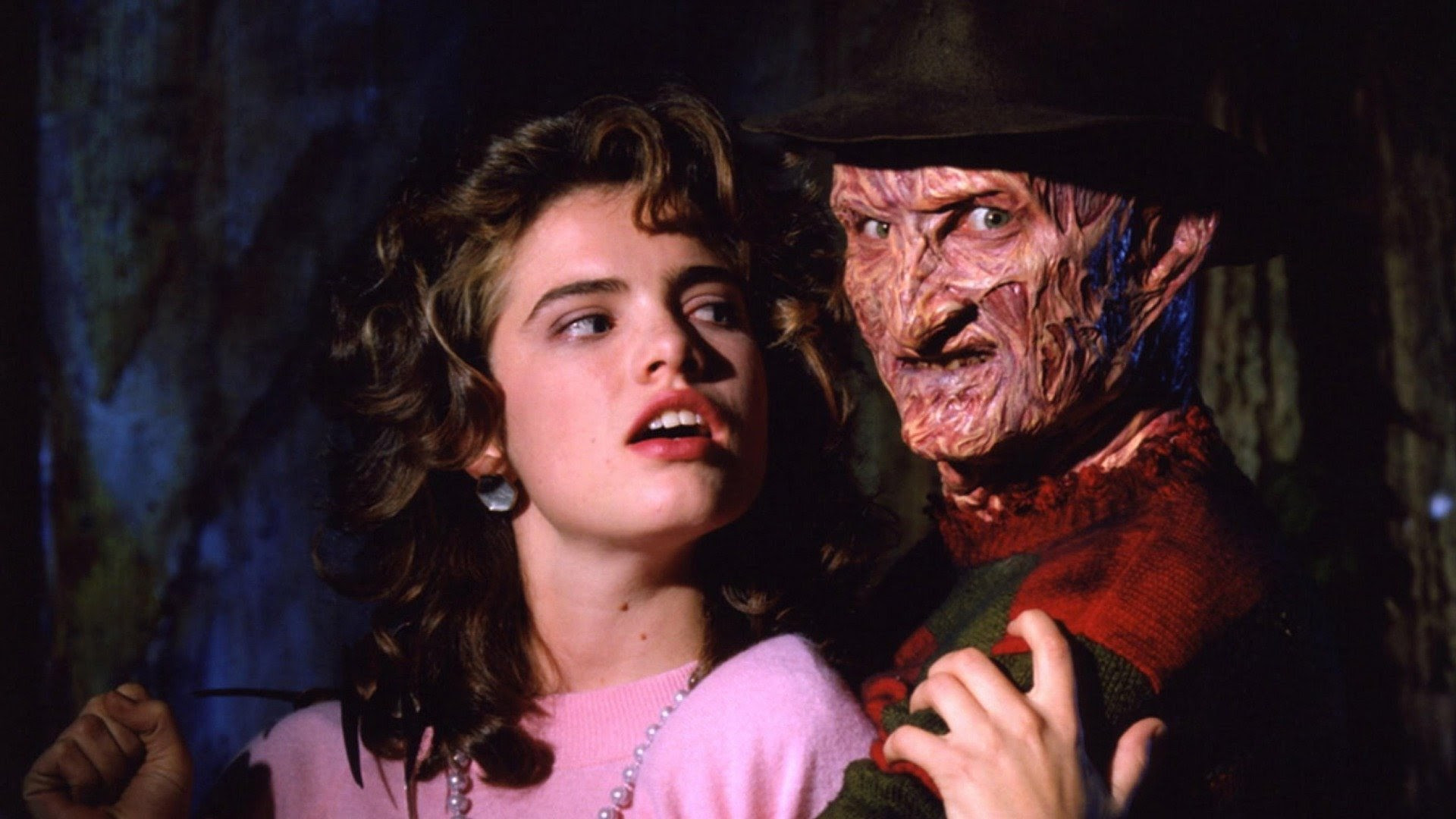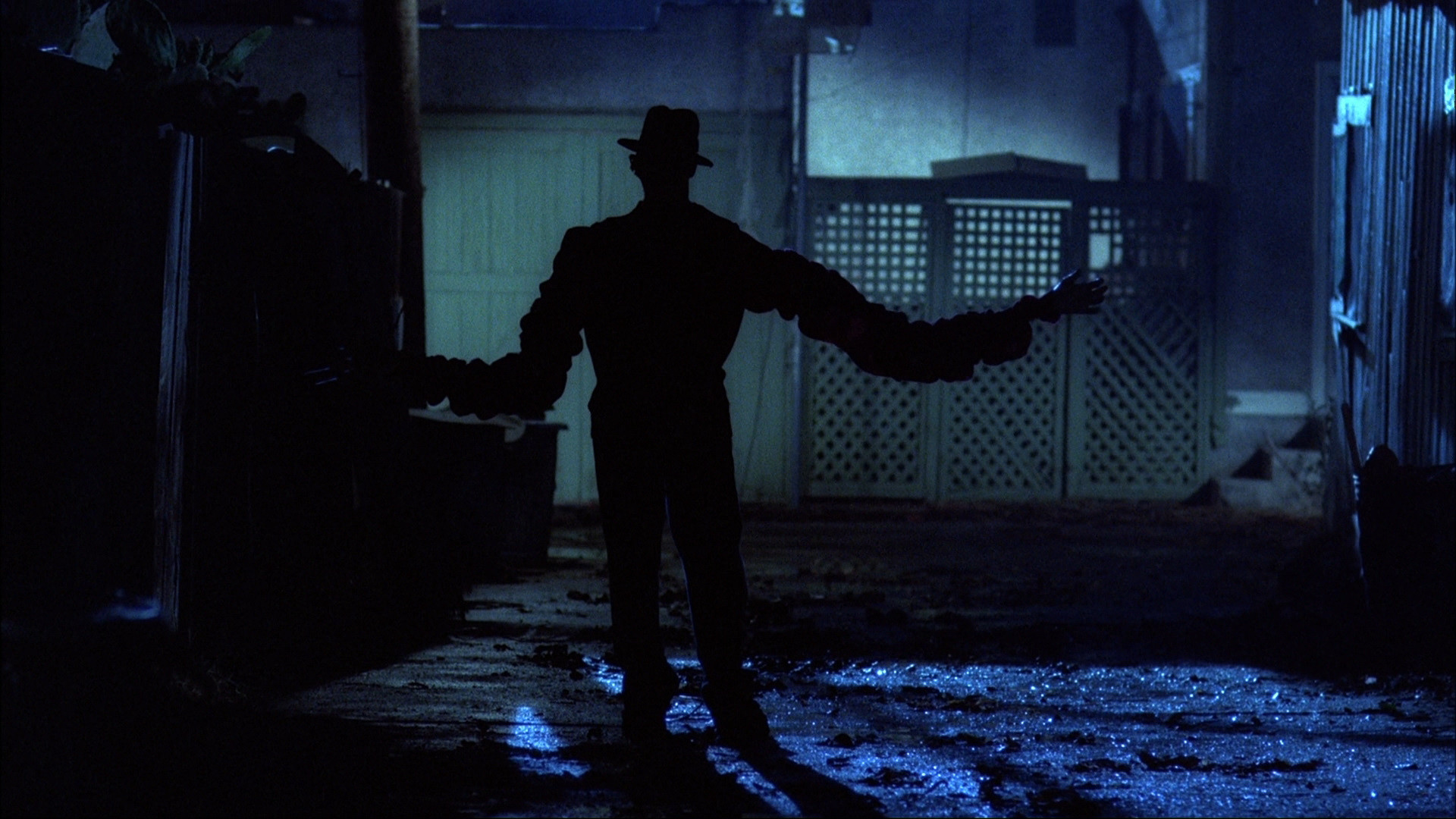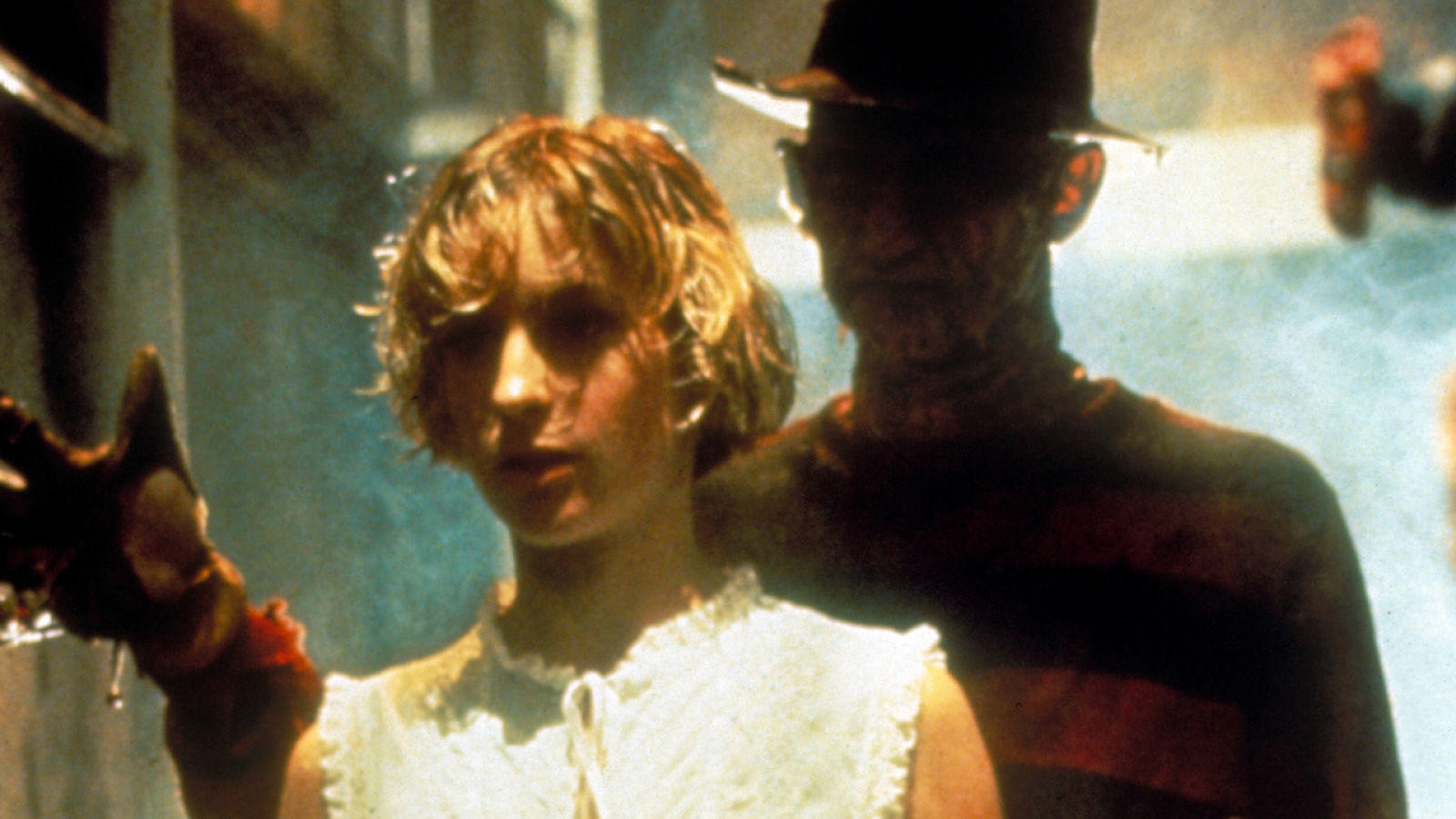Like many, I’ve often tiptoed around the horror genre. Scary movies haven’t always been my cup of tea, landing squarely outside my comfort zone. In an effort to broaden my cinematic horizons, I’ve been working through a list that includes horror classics. Having recently watched Scream, Halloween, and Frankenstein, I decided it was time to face A Nightmare on Elm Street.
 A shadowy figure with bladed fingers emerging from darkness, the iconic imagery of Freddy Krueger in A Nightmare on Elm Street.
A shadowy figure with bladed fingers emerging from darkness, the iconic imagery of Freddy Krueger in A Nightmare on Elm Street.
What I’ve discovered about myself through this horror movie journey is quite revealing. Supernatural horror, surprisingly, doesn’t deeply unsettle me. If the scary scenario feels removed from reality, I can handle it pretty well. However, the truly terrifying films are the ones that tap into real-world anxieties, the horrors that feel like they could actually happen. A perfect example is the 2015 film The Gift. While brilliantly made, its suspense and realistic stalker scenario gave me nightmares for weeks. The thought of a seemingly normal life being invaded and threatened in a tangible way is genuinely disturbing.
This lengthy preamble is to explain my unexpected enjoyment of A Nightmare on Elm Street. Yes, it’s undeniably gory and graphic. But because the terror unfolds within dreams, in a realm of the hyper-real and exaggerated, it lacks that chilling sense of possibility that truly frightens me. This distance allowed me to actually appreciate and have fun with the film’s narrative and creative horror elements.
 Close-up on Freddy Krueger's face, showcasing his burned and scarred features, a sinister grin revealing his menacing persona.
Close-up on Freddy Krueger's face, showcasing his burned and scarred features, a sinister grin revealing his menacing persona.
A Nightmare on Elm Street centers on Nancy, a teenager living on Elm Street who finds herself and her friends haunted in their dreams by Freddy Krueger. This spectral figure isn’t just any ghost; he’s seeking vengeance on the children of the parents who took the law into their own hands and killed him for his heinous crimes against children.
The film’s production design is arguably its most compelling aspect. Director Wes Craven masterfully crafts incredibly imaginative and disturbing dream sequences. Freddy’s razor-glove is iconic, but the death sequences go far beyond simple slashing. We witness teens violently tossed around rooms, one nearly dragged down a bathtub drain, and another erupting in a geyser of blood in his bed. These moments, while graphic, are so exaggerated and surreal that they become more inventive and darkly comedic than genuinely scary.
 The movie poster for A Nightmare on Elm Street (1984), featuring Nancy Thompson facing Freddy Krueger in a dreamlike, fiery landscape.
The movie poster for A Nightmare on Elm Street (1984), featuring Nancy Thompson facing Freddy Krueger in a dreamlike, fiery landscape.
The concept of being terrorized in your dreams is inherently unsettling. Dreams are our most private and uncontrollable space, a nightly vulnerability we can only postpone with sleep deprivation. Yet, in terms of sheer dread, I find films like Invasion of the Body Snatchers even more terrifying. The body snatchers scenario presents a horror where death is not the end, but a transformation into something monstrous, capable of harming others. That loss of self and potential for inflicting harm on loved ones is a deeply disturbing layer of fear.
Robert Englund’s portrayal of Freddy Krueger in this initial film strikes a perfect balance. While I understand he leans further into camp in later sequels, here, he is effectively menacing. The young cast, including a very young Johnny Depp and Heather Langenkamp as Nancy, deliver strong performances, adding to the film’s credibility.
Ultimately, I’m very glad I finally watched A Nightmare on Elm Street. Its status as a horror classic is well-deserved. I’ve heard whispers that the third film in the series is considered by many to be the best of the sequels, a point I’m now keen to investigate. What are your thoughts? And more importantly, what truly scares you in movies? I’m genuinely curious to know.
Final Verdict: 9/10
Smile Worthy

